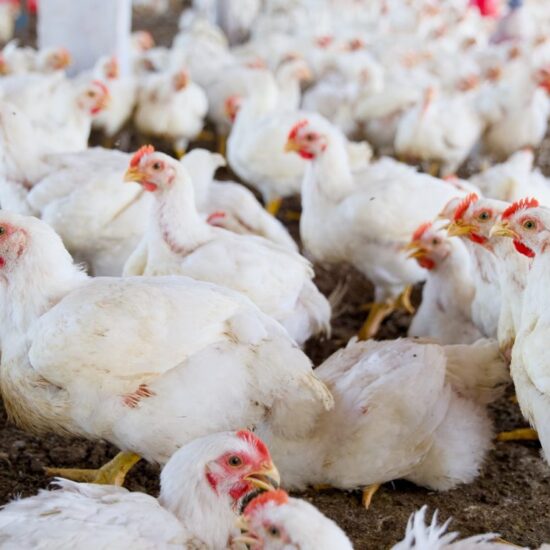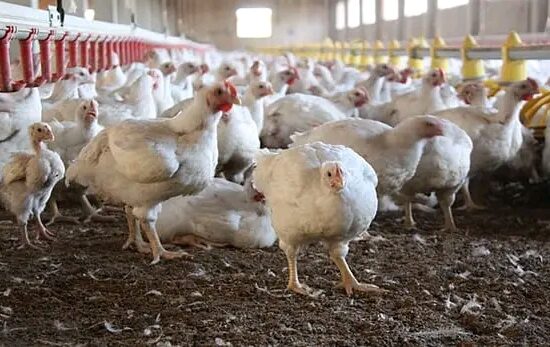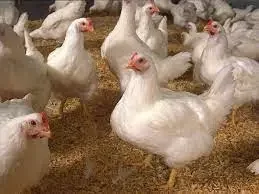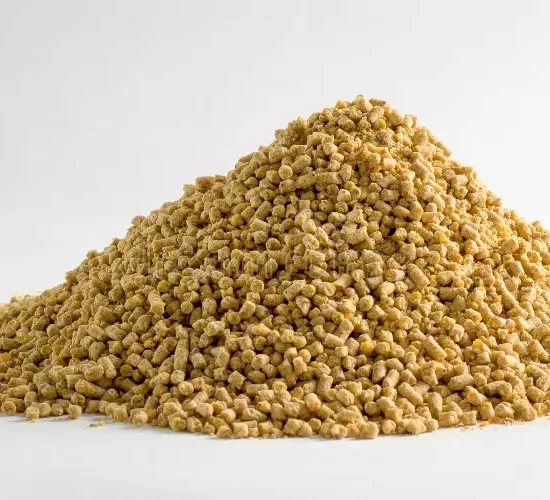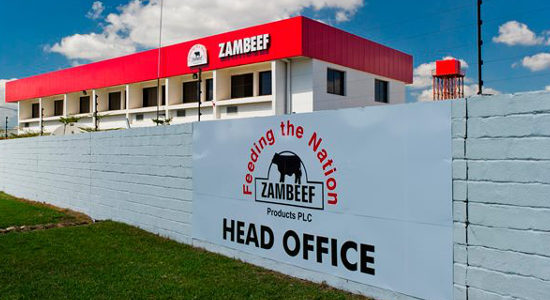
Feed prices at one of the leading feed stores in Zambia have gone up by K75 about 15 percent from K520 to now about K595 effective 19th February 2024.This means that broiler Chicken prices are also expected to go up following the increment in feed prices.According to a pricelist from Farmfeed Limited seen by the Zambian Business Times – ZBT, retail chicken feed prices for standard broiler starters have seen an increase of 15 percent.Meanwhile, retail feed prices for standard grower feed have also increased by K52 from K515 to K567 representing a percentage increase of 10 percent.Standard broiler Finisher...
This content is only available for active subscribers. Subscribe now to get full access.


